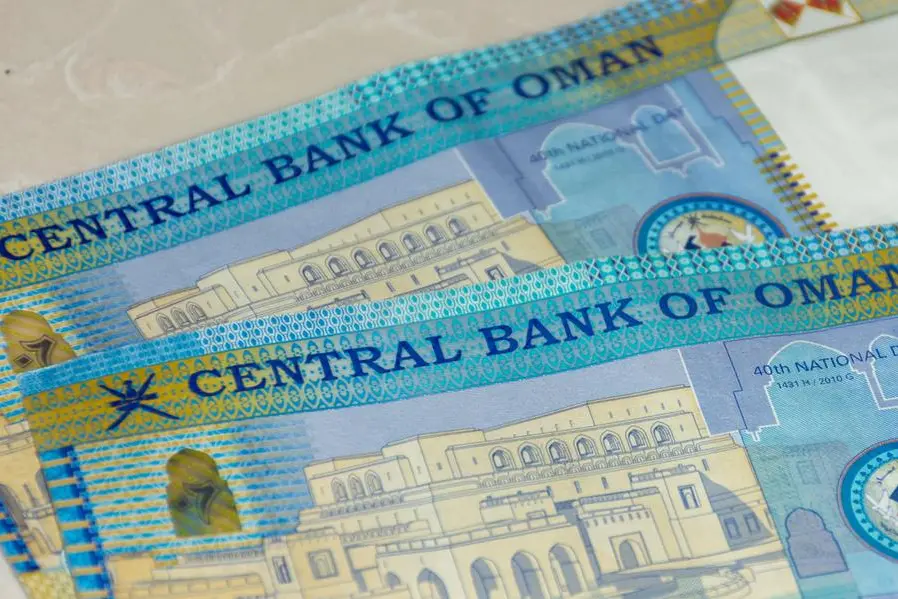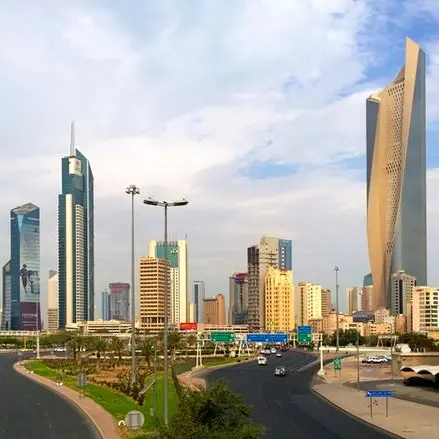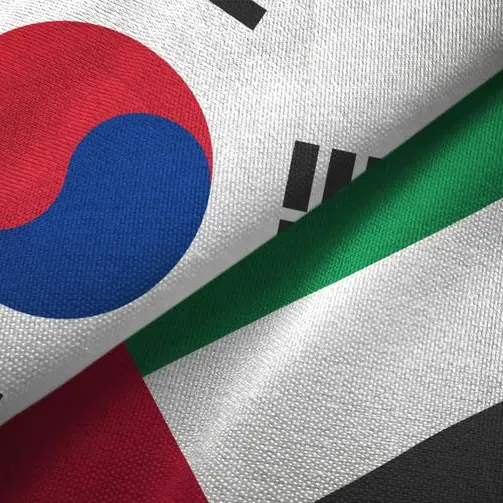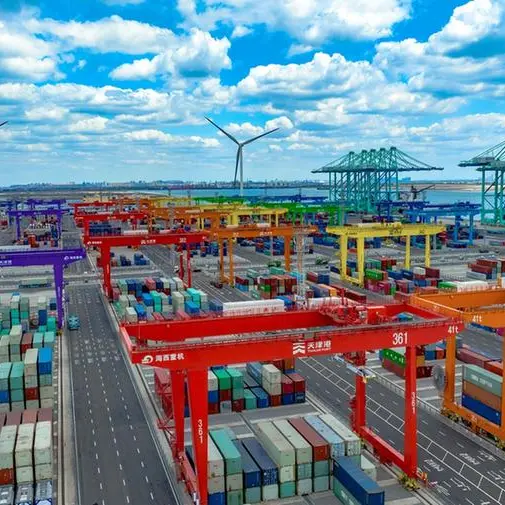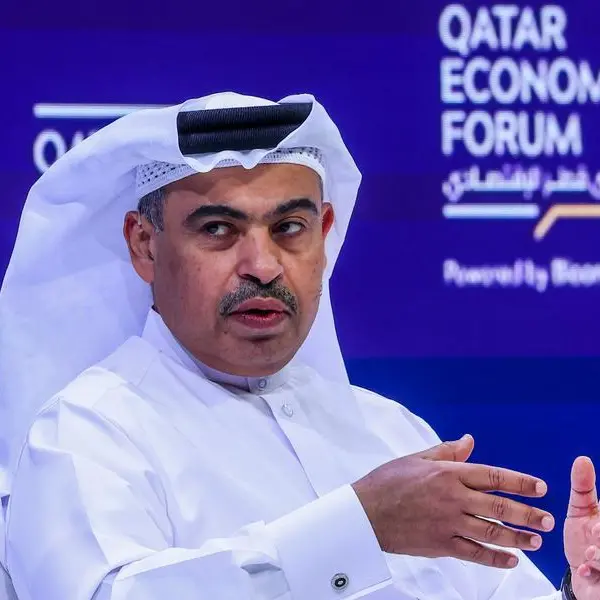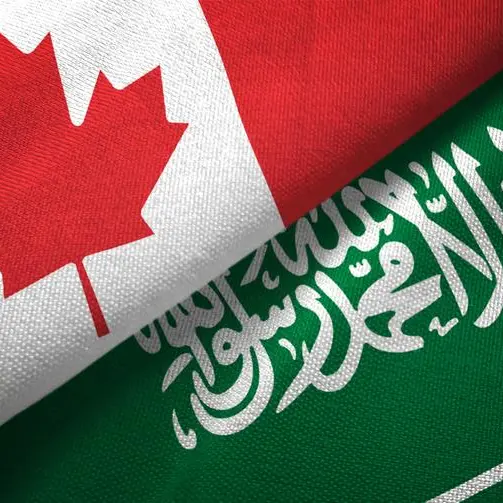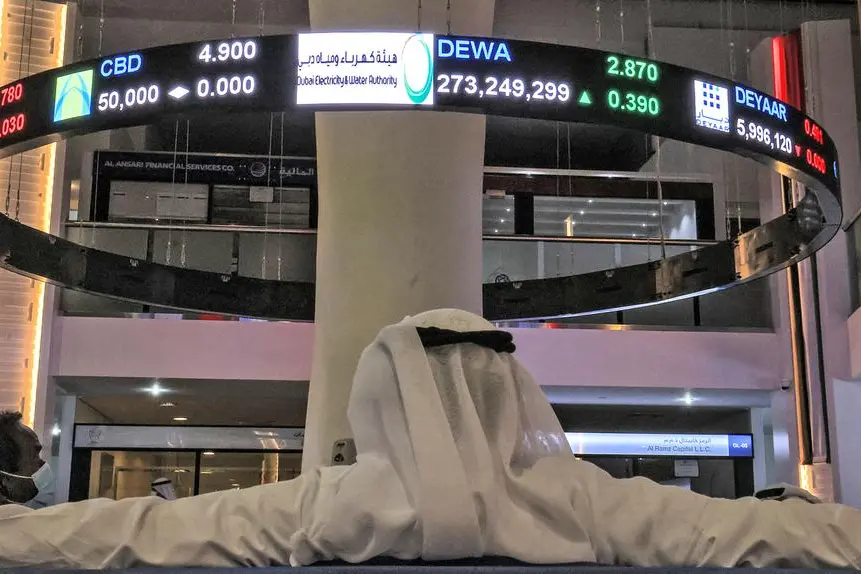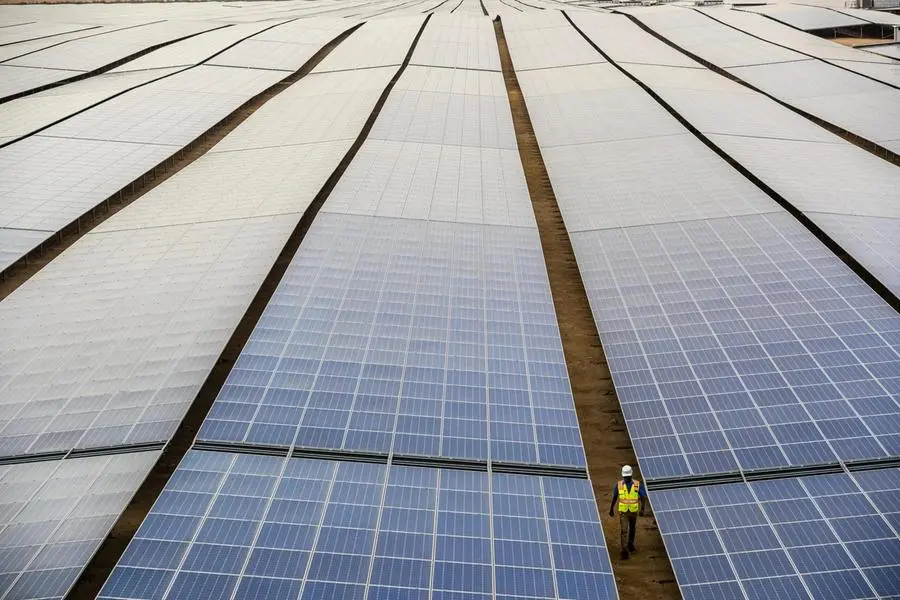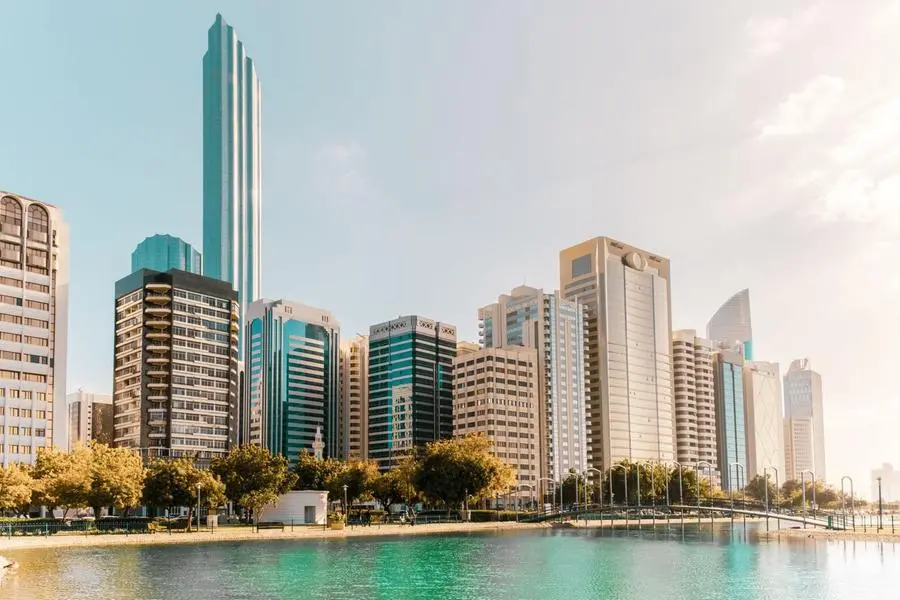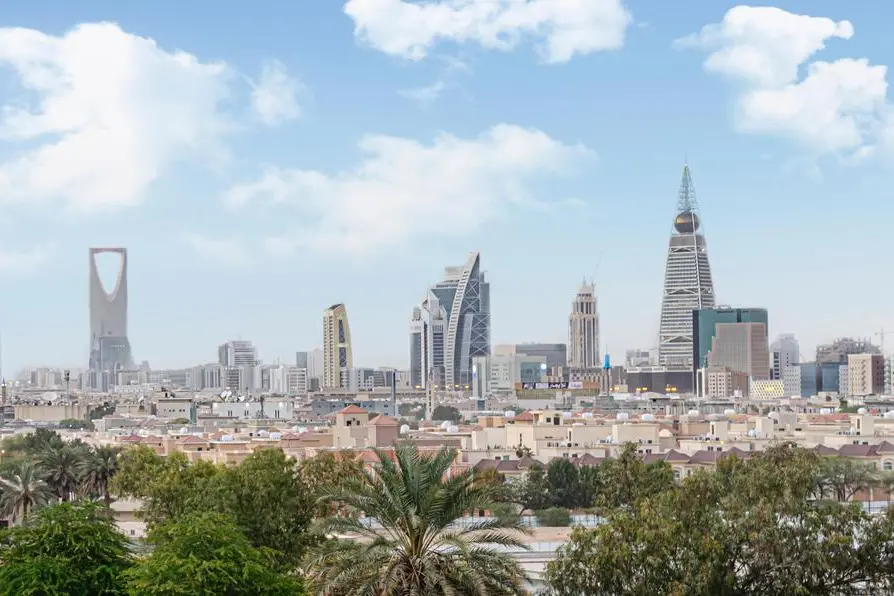PHOTO
Oman posted a budget surplus of 1.09 billion rials ($2.8 billion) in the first eight months of this year, compared with a deficit of more than OMR 1 billion in the same period in 2021.
Oman, one of the Gulf's weaker economies with far lower oil than its neighbours, swung to a budget surplus in the first half of 2022, easing pressure on public finances and improving its ability to meet debt obligations.
The GCC member's total revenue jumped by 47.3% to OMR9.325 billion until the end of August 2022, compared with OMR6.331 billion as at the end of August 2021, Oman News Agency (ONA) reported citing the finance ministry.
The jump was attributed to higher oil revenues, from both higher prices and production volumes, and the ongoing fiscal reforms. Hydrocarbon revenues (oil and gas) soared by 54% year-on-year, recording OMR 6.980 billion as at the end of August 2022.
Gulf oil producers have benefited from the sharp rise in oil prices, which soared past $100 a barrel after Russia's invasion of Ukraine in late February on concerns about disruptions to global energy supply. Brent crude is currently trading at $92.38 a barrel on a weakening global demand outlook.
The latest finance ministry figures put total public spending stood at about OMR8.235 billion, nearly 11% higher over spending during the same period in 2021.
Earlier this month, IMF said Oman is projected Oman to grow at 4.3% in 2022, supported by higher oil prices and the fiscal consolidation under the government's Medium-Term Fiscal Plan (MTFP). The overall central government balance improved by 12.8 basis points of GDP to a deficit of 3.2% in 2021.
Fitch Ratings has forecast budget surpluses of 5.5% of GDP in 2022 and 3.4% in 2023, Oman’s first surpluses since 2013. Global ratings agency Moody's expects Oman's fiscal balance to remain in surplus for the next two years.
(Reporting by Brinda Darasha; editing by Seban Scaria)
